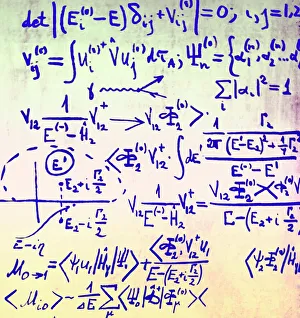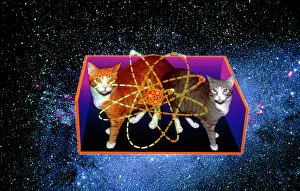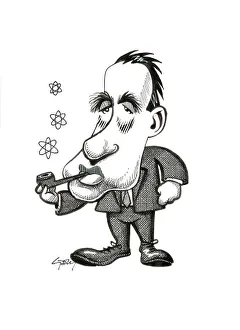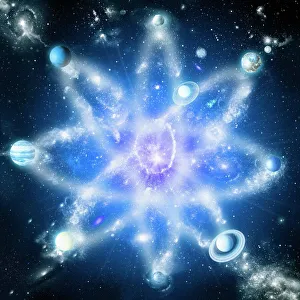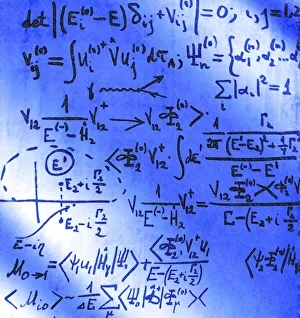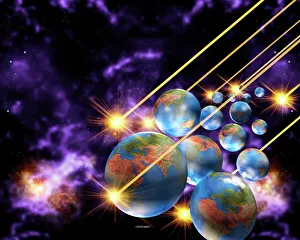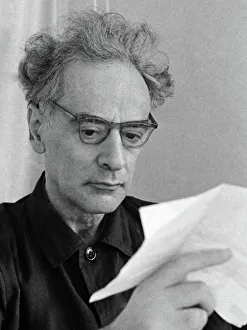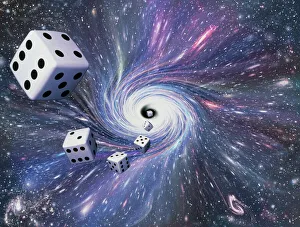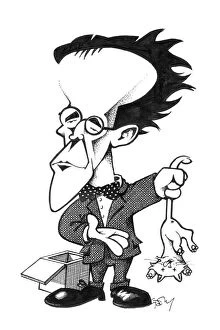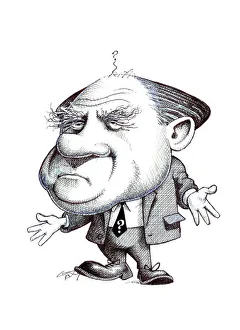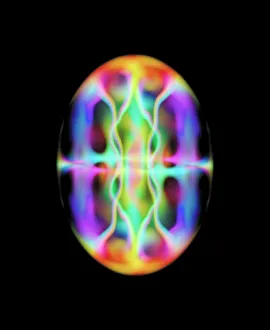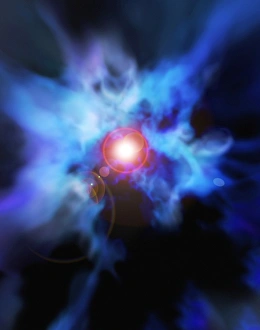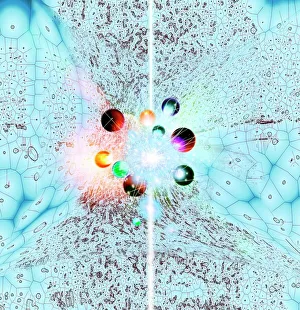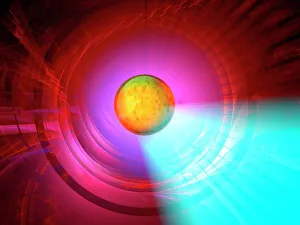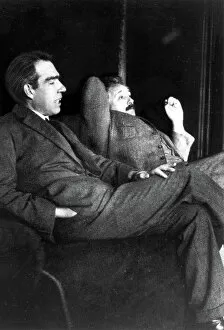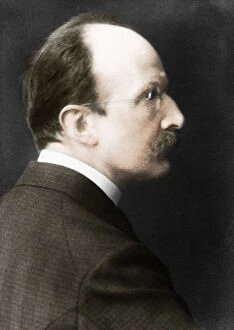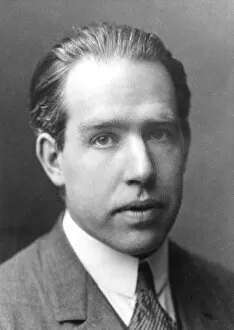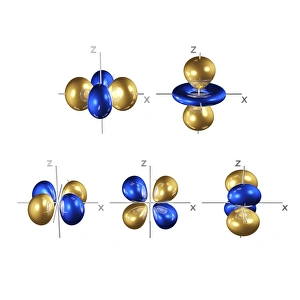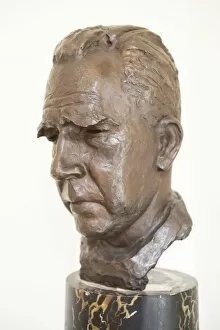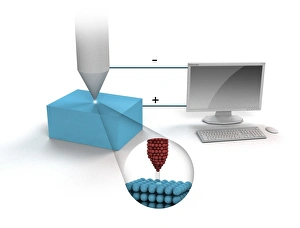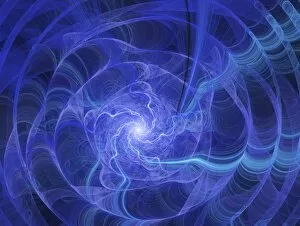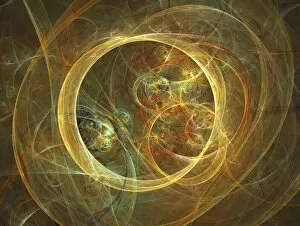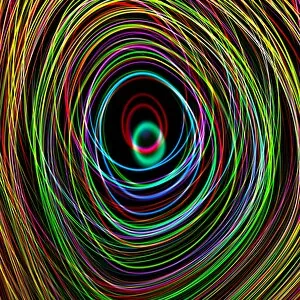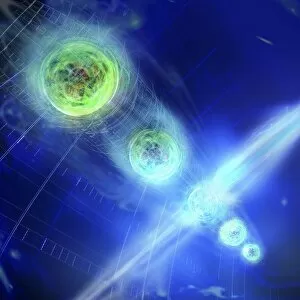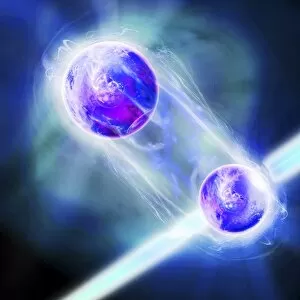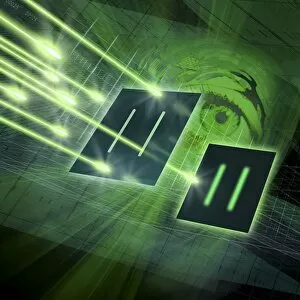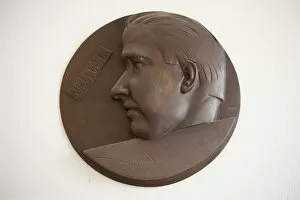Quantum Mechanics Collection
"Unraveling the Mysteries of Quantum Mechanics: A Journey into the Subatomic Realm" Delve into the intricate world of quantum mechanics
All Professionally Made to Order for Quick Shipping
"Unraveling the Mysteries of Quantum Mechanics: A Journey into the Subatomic Realm" Delve into the intricate world of quantum mechanics, where particle physics equations guide our understanding of the fundamental building blocks of nature. Explore the captivating artistry behind Schrödinger's Cat experiment, a thought experiment that challenges our perception of reality. Meet Niels Bohr, depicted in a caricature, whose profound contributions shaped quantum theory and laid the foundation for modern physics. Marvel at the mind-boggling concept of multiple universes, where parallel realities coexist beyond our comprehension. Discover Lev Landau, a Soviet physicist who revolutionized condensed matter physics with his groundbreaking work on superfluidity and superconductivity. Contemplate upon quantized orbits of planets, revealing how even celestial bodies adhere to quantum principles. Witness chance playing an enigmatic role in shaping our universe as Erwin Schrödinger's caricature comes to life. Step into a simulated Bose-Einstein condensate experiment that showcases exotic states of matter achieved at ultra-low temperatures. Encounter Werner Heisenberg, a German physicist whose uncertainty principle challenged classical notions about measurement and observation. Ponder over the existence of parallel universes where infinite possibilities unfold simultaneously. In this captivating journey through quantum mechanics' labyrinthine corridors, we unravel its secrets while embracing its paradoxical nature. Join us as we delve deeper into this realm where particles dance to their own tune and reality defies conventional wisdom.

